Modern smart lighting systems do more than simply turn lights on and off — they create adaptable environments that enhance comfort, efficiency, and style. Behind every smooth brightness change lies a dimming protocol, quietly shaping the user experience. Among the most widely used in commercial projects are DALI and PWM, each offering unique ways to control LED lighting. Knowing their differences can help you choose the right approach for your space.
Why Dimming Protocols Matter in Smart Lighting
A well-designed smart lighting system is more than a collection of fixtures — it’s a network that responds to changing needs, improves efficiency, and adds value over time. At the heart of this system, the dimming protocol plays a crucial role in how light is managed and experienced.
One of the most obvious benefits is energy savings. By dimming lights during daylight hours or in low-traffic areas, businesses can significantly reduce power consumption without compromising visibility or safety. Over the course of a year, this can translate into substantial reductions in utility costs, especially in large-scale commercial spaces.
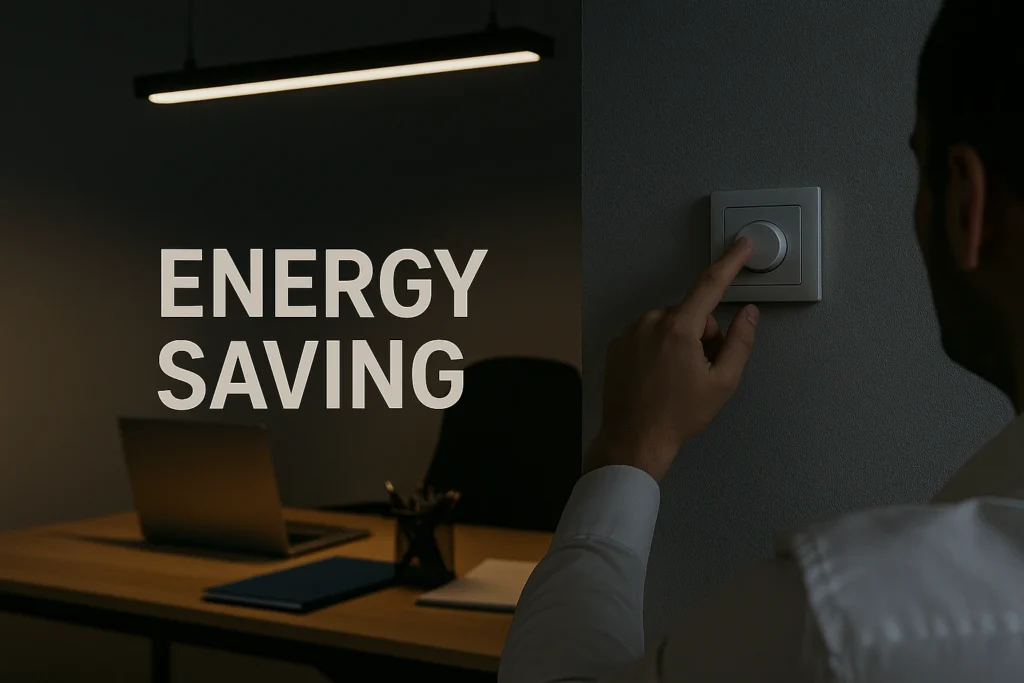
Ease of control is another advantage. Modern dimming protocols allow centralized or automated adjustments, enabling facility managers to set schedules, create lighting scenes, and integrate sensors for occupancy or daylight harvesting. This not only improves the user experience but also ensures the lighting system operates at optimal efficiency without constant manual intervention.
From a long-term perspective, reduced maintenance costs are equally important. By avoiding over-driving LEDs and minimizing unnecessary usage, dimming extends the lifespan of both fixtures and drivers. This means fewer replacements, less downtime, and lower operational expenses over the system’s lifetime.
Dimming protocols also contribute to comfort and flexibility. Smooth brightness adjustments help reduce glare and eye strain, creating more pleasant environments for employees, customers, or guests. In multi-use spaces, the ability to switch between different lighting scenes enhances functionality and atmosphere.
Ultimately, the choice of dimming protocol shapes not only how your lighting system performs today but also how easily it can adapt to future needs. Among the many options available, DALI and PWM remain two of the most widely adopted — each with unique strengths that suit different project requirements. Understanding their capabilities will help you make an informed, future-ready decision.
What is PWM Dimming?
PWM (Pulse Width Modulation) dimming is one of the most common methods for controlling LED brightness, especially in cost-sensitive or small-to-medium scale lighting projects. Instead of lowering the actual voltage to the LED, PWM rapidly switches the LED on and off at a specific frequency. By adjusting the proportion of “on” time to “off” time — known as the duty cycle — the perceived brightness changes while the LED still receives full voltage during each pulse.
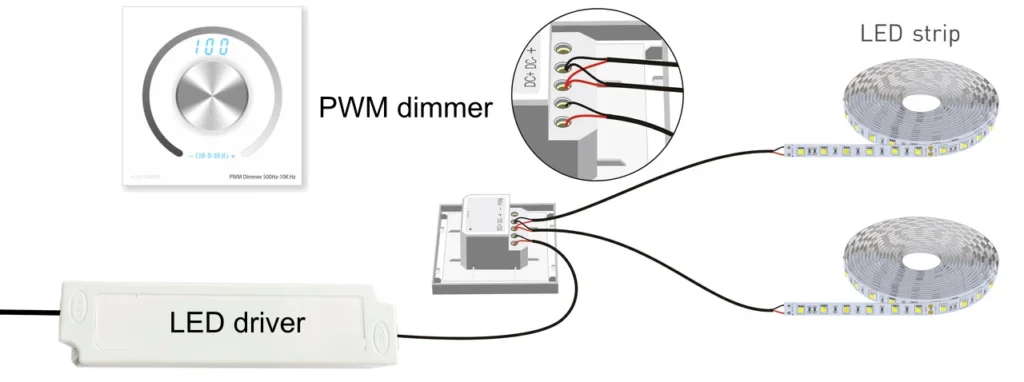
From the human eye’s perspective, this rapid switching is invisible when done at a high enough frequency, and the LED simply appears dimmer or brighter. This method ensures that the LED’s color temperature remains stable across different brightness levels, which is particularly useful in retail displays, decorative lighting, and hospitality settings where consistent color is important.
Advantages of PWM dimming include:
Cost-effectiveness – PWM drivers are generally simpler and less expensive, making them attractive for projects with tight budgets.
Stable color performance – LEDs maintain their color characteristics at various brightness levels.
Wide compatibility – Many LED strips and fixtures on the market are designed with PWM control in mind.
Limitations to consider:
Potential flicker issues – If the frequency is too low, sensitive individuals may perceive flicker, and high-speed cameras can capture strobing effects.
Shorter effective transmission distance – PWM control signals can degrade over longer cable runs, making it less suitable for large-scale building systems without additional signal conditioning.
Limited scalability – While excellent for small or single-zone applications, PWM is not as efficient when managing hundreds of fixtures across multiple areas.
Typical applications of PWM dimming include LED strips in retail shelves, accent lighting in hotels, signage illumination, and residential smart lighting setups where cost and simplicity take priority over advanced control features.

What is DALI Dimming?
DALI (Digital Addressable Lighting Interface) is a standardized digital communication protocol specifically designed for professional lighting control. Unlike PWM, which modulates power delivery to adjust brightness, DALI sends digital signals to compatible drivers, telling them exactly what brightness level to produce. Each fixture or driver on a DALI network can have its own unique address, allowing individual or grouped control without complex wiring changes.
How it works:
A DALI network consists of a controller (or multiple controllers), DALI-compatible drivers, and a two-wire bus that carries both power for the control circuit and digital data. The protocol supports up to 64 individually addressable devices per DALI line, which can be organized into up to 16 groups and assigned 16 preset scenes. Because it’s digital, brightness adjustments are precise — with up to 254 discrete dimming levels — and free from visible flicker.
Advantages of DALI dimming include:
Precise and flicker-free control – Ideal for environments where lighting quality is critical, such as offices, hospitals, and museums.
Flexible zoning and scene control – Fixtures can be re-grouped or reprogrammed through software without rewiring.
Two-way communication – Devices can report their status (on/off, dimming level, faults) back to the control system, enabling proactive maintenance.
Integration-ready – Easily integrates with Building Management Systems (BMS) like KNX or BACnet for centralized control.
Longer cable runs – Suitable for large buildings without significant signal degradation.
Limitations to consider:
Higher initial cost – Requires DALI-compatible drivers and controllers, which are typically more expensive than basic PWM setups.
Installation expertise – Configuration and commissioning require trained personnel and specialized software.
Device limit per line – While scalable, each DALI line has a maximum of 64 devices, so larger projects may need multiple lines or gateways.
Typical applications of DALI dimming include corporate offices, airports, shopping malls, hospitals, universities, and high-end hospitality projects — anywhere lighting needs to be highly controllable, scalable, and integrated with broader building systems.
While both DALI dimming and PWM dimming can achieve adjustable lighting, they work in fundamentally different ways and suit different types of projects. The table below summarizes the core differences:

DALI vs PWM: Key Differences
| Feature | DALI Dimming | PWM Dimming |
| Control Method | Digital protocol sending precise brightness commands | Rapid on/off switching to vary perceived brightness |
| Precision | Up to 254 discrete dimming levels, smooth and flicker-free | Limited by frequency; smoothness depends on driver quality |
| Flicker | No visible flicker | Possible at low frequencies or with poor driver design |
| Scalability | Supports 64 devices per line, easily networked for large projects | Best for small or single-zone systems |
| Communication | Two-way (status reporting, fault detection) | One-way (no feedback from fixtures) |
| Integration | Works with BMS like KNX, BACnet | Standalone or simple smart controllers |
| Installation Cost | Higher (specialized drivers, configuration software) | Lower (basic drivers and controllers) |
| Best Use Cases | Large commercial buildings, offices, hospitals, retail chains | LED strips, accent lighting, small-scale smart lighting |
Understanding the impact of these differences
System size and complexity – For multi-floor offices or commercial spaces with hundreds of fixtures, DALI offers the structure and scalability needed for efficient management. PWM, while simpler, becomes difficult to maintain in such scenarios.
Lighting quality – Where consistent brightness and color stability are crucial — such as galleries or healthcare — DALI’s precise control outperforms PWM.
Budget and ROI – While PWM has lower initial costs, DALI can deliver greater long-term savings by reducing energy waste, extending fixture life, and simplifying maintenance through real-time fault monitoring.
Choosing between these protocols isn’t just a technical decision — it’s about aligning your lighting control system with your project’s size, goals, and future requirements.
When to Choose PWM Dimming
PWM dimming is best suited for projects where simplicity, affordability, and quick deployment are the main priorities. While it lacks some of the advanced control and scalability of DALI, it can deliver excellent results in the right context.
You might choose PWM dimming if:
- Budget is a key constraint
PWM-compatible drivers and controllers are generally less expensive, making them ideal for cost-sensitive projects.
This can be especially beneficial for decorative or secondary lighting where advanced control is unnecessary.
- The installation is small-scale or single-zone
PWM works well for short cable runs and projects that don’t require complex zoning.
Examples include boutique retail displays, hotel lobby accent lighting, or residential smart lighting upgrades.
- Color consistency is important, but fine control is not
PWM maintains LED color temperature across brightness levels, which is valuable for creating visual consistency in displays or themed environments.
- Speed of installation matters
The setup is straightforward and does not require advanced commissioning tools or specialized training.
Typical scenarios for PWM dimming include:
Retail shelf lighting and display cases
Hospitality accent lighting (bars, reception areas, corridors)
Signage and decorative architectural features
Residential LED strip installations in kitchens, living rooms, or gardens
While PWM can be the perfect fit for these applications, it’s important to note its limitations in large-scale commercial settings. In environments with extensive lighting networks or where centralized monitoring is required, PWM may quickly reach its practical limits.
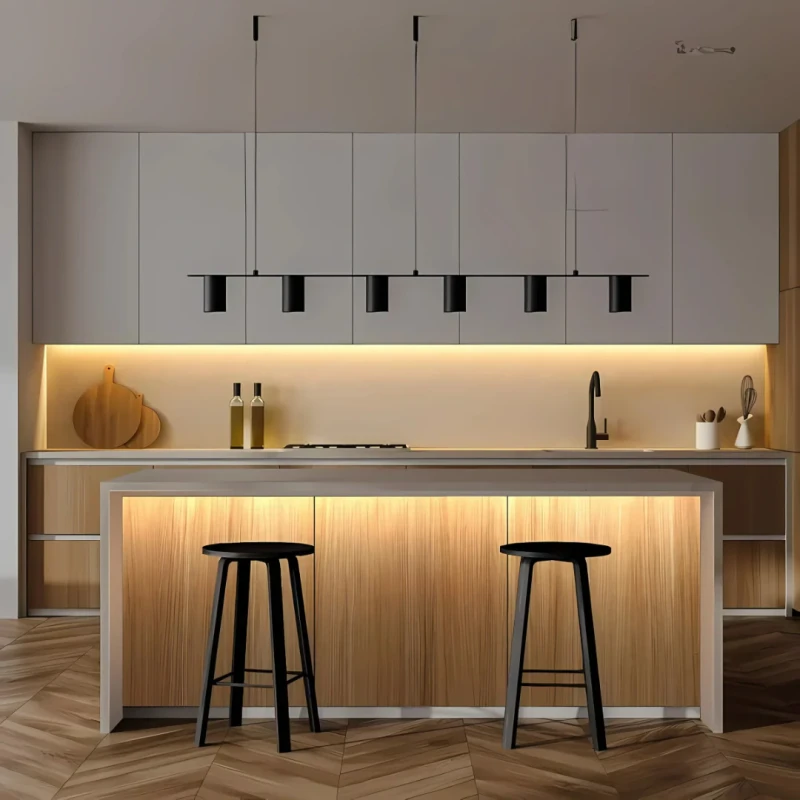

Meanwell PWM Driver
When to Choose DALI Dimming
DALI dimming is designed for projects where precision, scalability, and long-term management are top priorities. While it requires a higher upfront investment, its advanced capabilities often deliver a stronger return over the life of the system.
You might choose DALI dimming if:
- Your project is large-scale or multi-zone
DALI supports up to 64 individually addressable devices per line, with flexible grouping and scene control.
Ideal for office buildings, hotels, airports, hospitals, and universities where hundreds or even thousands of fixtures need coordinated control.
- You need precise, flicker-free lighting control
DALI offers up to 254 dimming levels with smooth transitions, making it perfect for applications where lighting quality impacts productivity, comfort, or brand presentation.
- Integration with other building systems is required
DALI easily connects with Building Management Systems (BMS) such as KNX or BACnet, enabling centralized monitoring, automation, and energy optimization.
- Maintenance efficiency is a priority
Two-way communication allows each fixture to report its status, so facility managers can detect faults early and reduce downtime.
This proactive approach helps extend the lifespan of lighting equipment and minimizes unplanned service calls.
- Future expansion and control flexibility are important
DALI supports integration with sensors (occupancy, daylight), wall-mounted control panels, and touch interfaces.
This makes it easy to upgrade the system later with automated lighting adjustments, scene presets, and user-friendly manual overrides without replacing the entire infrastructure.
Typical scenarios for DALI dimming include:
Corporate office towers with multiple departments and meeting spaces
Hospitals and clinics where consistent lighting reduces eye strain for staff and improves patient comfort
Shopping malls with complex lighting zones and schedules
Transportation hubs like airports and train stations that require reliable, centralized control
Museums and galleries where precise light levels protect sensitive exhibits
When lighting plays a critical role in both day-to-day operations and long-term energy strategy, DALI provides the level of control and adaptability that simple analog methods cannot match.

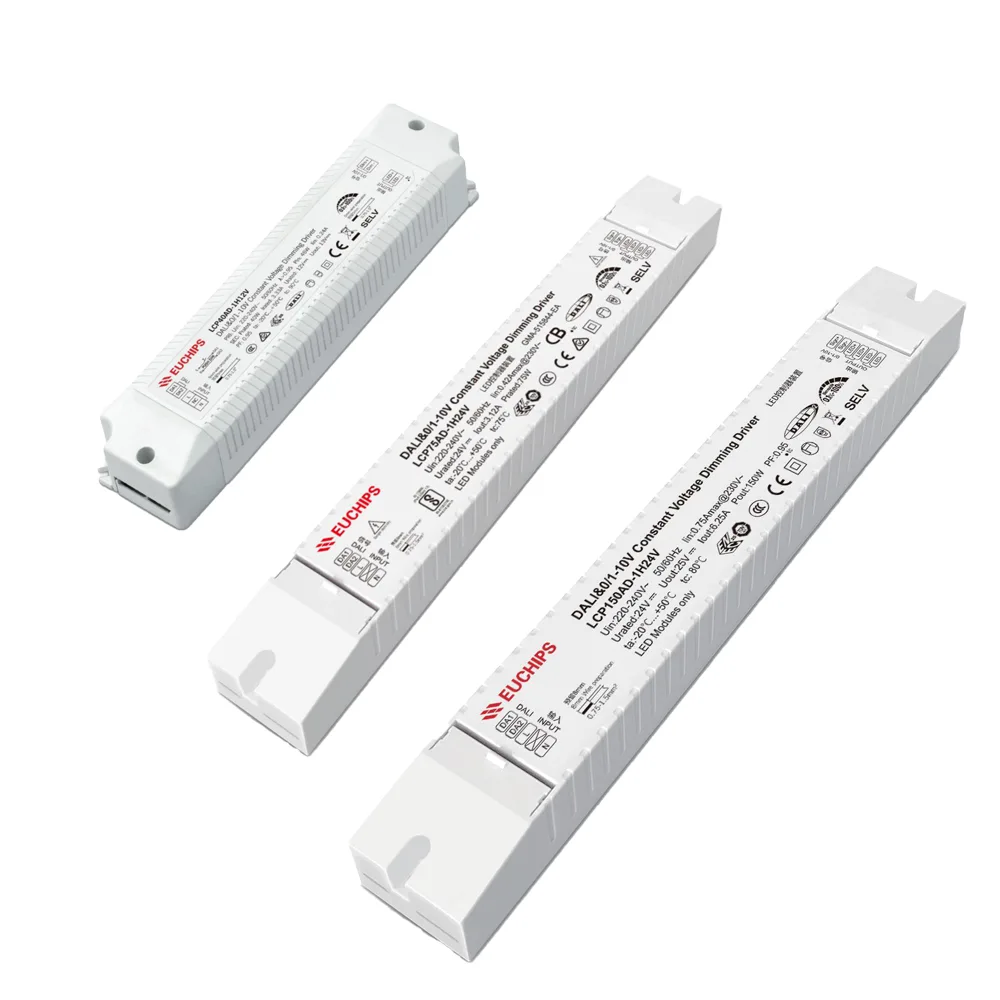
Euchips DALI Driver
Practical Considerations Before Deciding
Choosing between DALI and PWM dimming comes down to aligning the control method with your project’s size, goals, and budget. If you are managing a small-scale installation with limited zones and a tight budget, PWM offers a simple, reliable, and cost-effective solution. For large, complex projects where flexibility, scalability, and integration are priorities, DALI delivers long-term value despite the higher initial investment.
Key factors to evaluate include:
Budget – Consider not just the upfront equipment cost but also long-term energy savings and maintenance efficiency. PWM dimming is usually more cost-effective initially, while DALI offers better long-term value in complex, high-end projects.
Project scale – For small to medium projects with limited zones, PWM can be a simpler and more economical choice. Large-scale projects with multiple zones and advanced control needs may benefit from DALI’s flexibility.
System integration – If the lighting needs to integrate with a Building Management System (BMS), occupancy sensors, or daylight sensors, DALI provides standardized compatibility, whereas PWM requires more custom wiring or controllers.
Future expansion – For projects likely to expand with additional zones, scene control, or new control devices (e.g., wall panels, touch interfaces), DALI’s addressable design offers greater scalability. PWM can also be expanded, but usually with more wiring and controller upgrades.
Which Protocol Fits Your Smart Lighting?
Choosing between PWM and DALI ultimately depends on your project’s priorities. If your focus is cost efficiency and straightforward setup, PWM may be the practical choice. For projects demanding precise dimming, centralized control, and integration with Building Management Systems, DALI is often worth the investment. Consider your budget, project scale, integration needs, and future expansion plans before deciding.
At SignliteLED, we offer both PWM and DALI LED lighting solutions, backed by years of experience in designing, customizing, and supplying fixtures for commercial projects worldwide. Whether you’re upgrading an existing lighting system or building from scratch, our team can help you select the right protocol, provide tailored product designs, and ensure smooth installation.
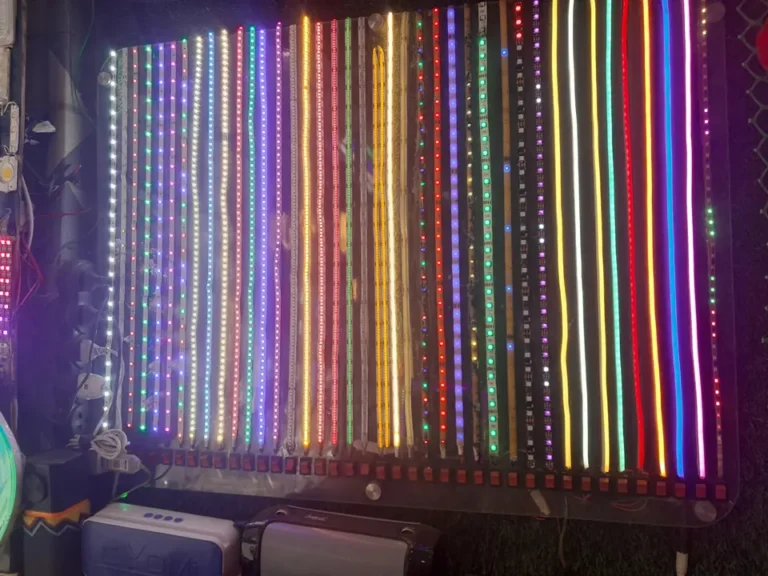
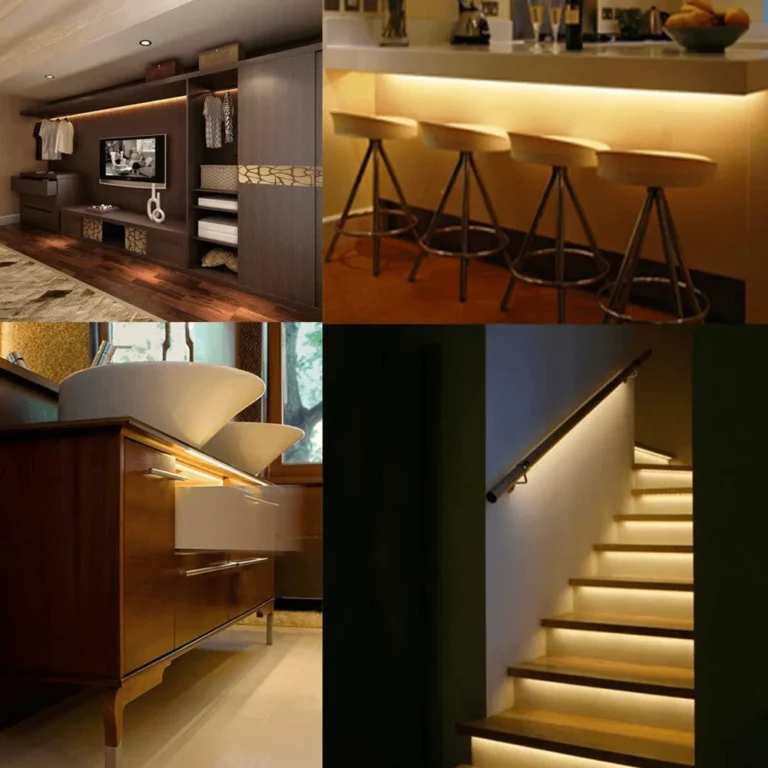
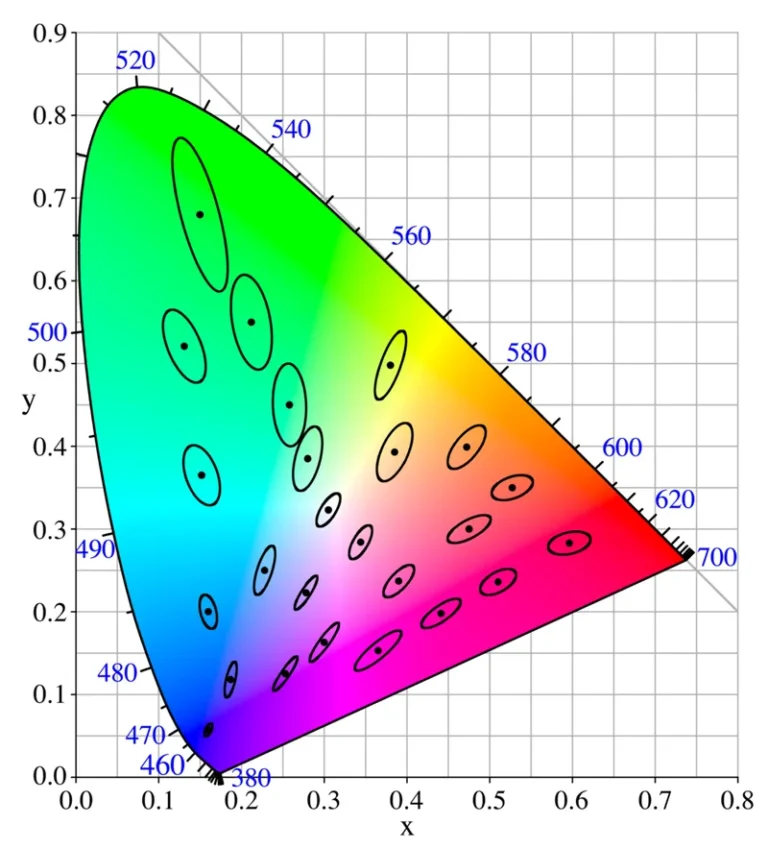
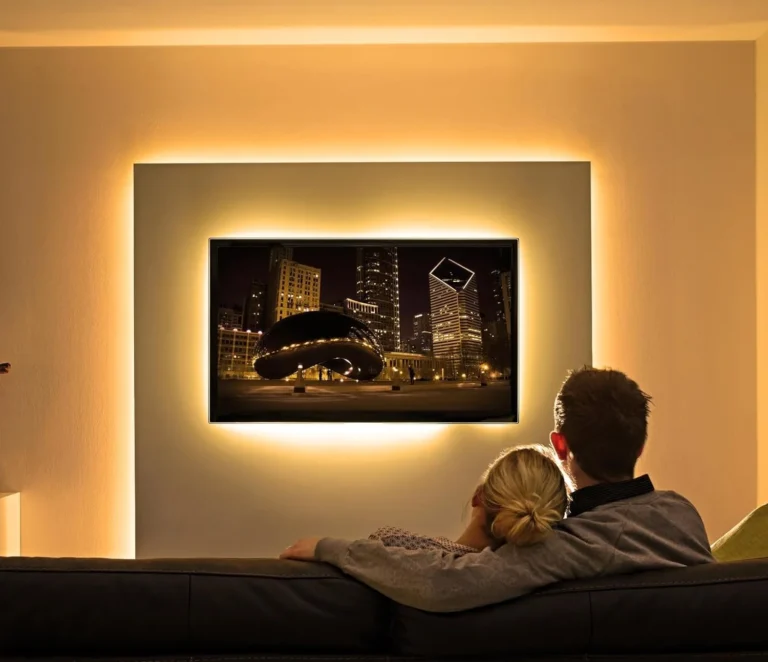
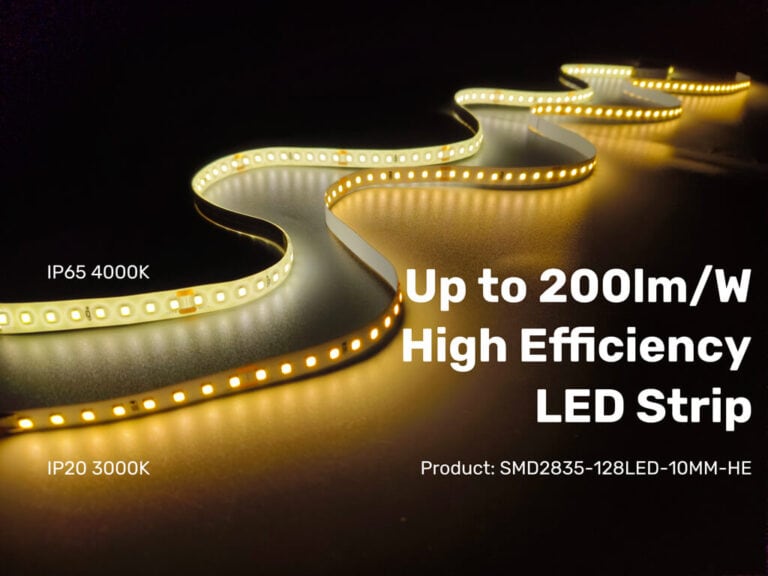
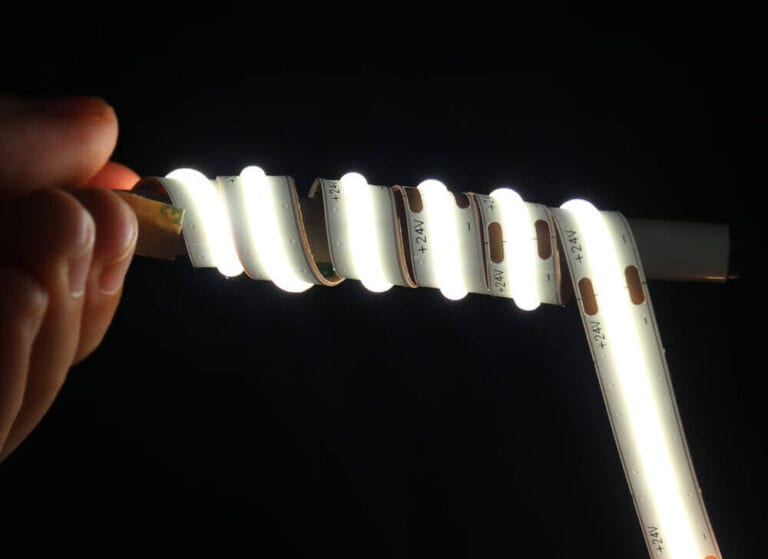

I just could not depart your web site prior to suggesting that I really loved the usual info an individual supply in your visitors Is gonna be back regularly to check up on new posts